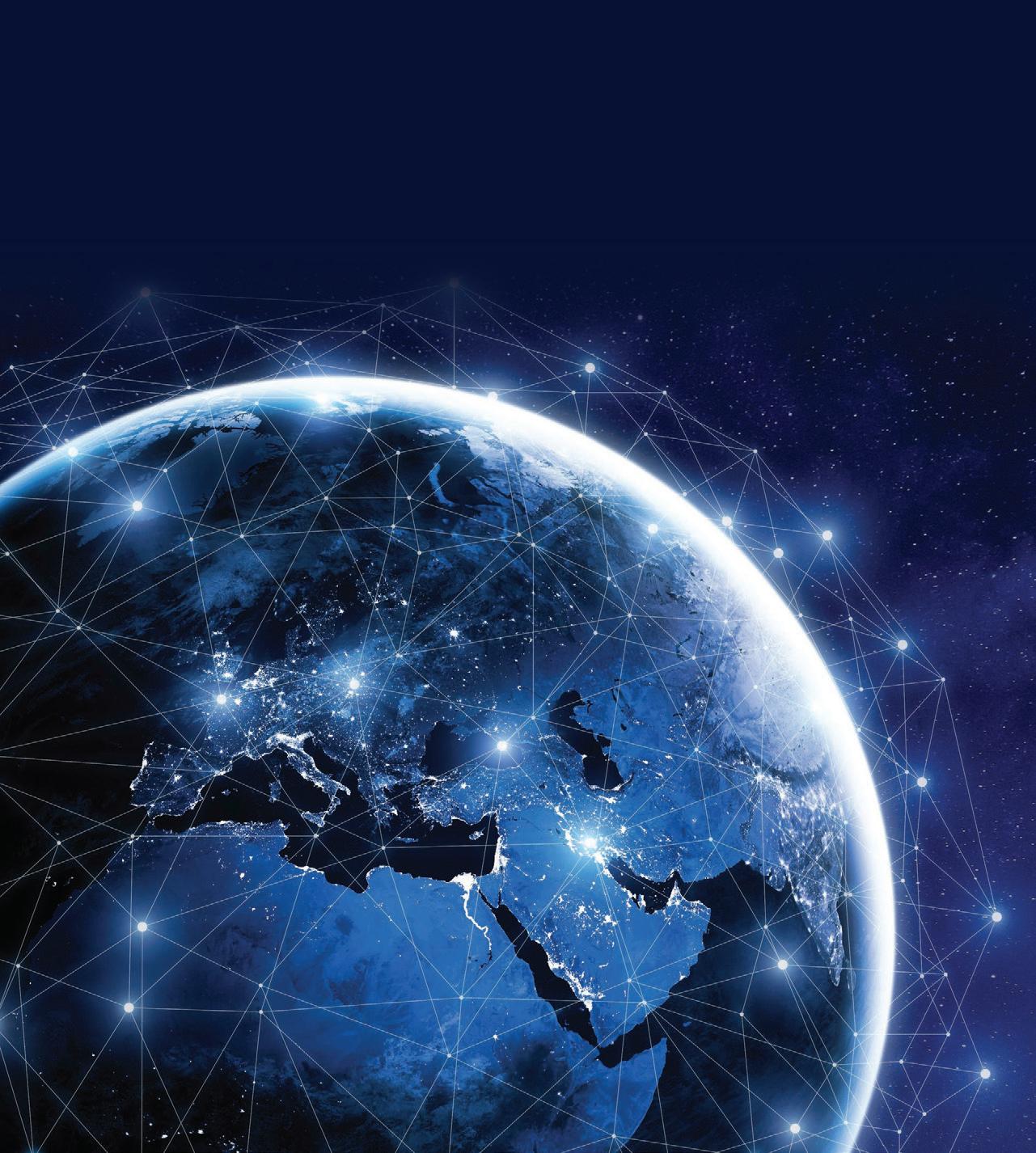
3 minute read
Amara Raja invests to grow beyond India
Nearly four decades on from when Ramachandra Galla founded Amara Raja, he ushered in a new era for the group in June 2021 with his announcement that he was stepping down.
In his 36 years at the helm, Ramachandra saw the company — named after his parents-in-law Amaravati and Rajagopala Naidu — grow from humble beginnings to become an Indian multinational conglomerate.
His son, Jayadev Galla, previously vice-chairman of the board, took over the group following the company’s annual general meeting in 2021, with a commitment to investing in a portfolio of businesses to maintain its technological and business leadership in the energy and mobility space.
Recent initiatives have included the launch of a subsidiary to spearhead the addition of lithium ion technology to Amara Raja’s long-standing lead battery manufacturing operations.
In the summer of 2022, Galla also revealed the company was looking into the possibility of expansion through greenfield investments or acquisitions for its lead battery business in the Indian-Ocean rim.
Now the head of corporate communications for the Amara Raja Group, Brijesh Menon, says the batteries giant has aspirations to grow even beyond Asia.
He told Batteries International: “We are looking at expanding our global presence, not just in the Indian-Ocean rim where we already have a significant presence but even in the North American and Europe regions.
“We are searching for the right fit opportunity for an acquisition.”
Menon said the company ships more than 50 million lead acid batteries annually with numbers “growing robustly every year” on the back of sales to help power the automotive, telecoms, datacentres and green ener- gy storage markets, which he said are all high growth industries.
“Amara Raja Batteries has been one of the fastest growing battery manufacturers in the world and we hope to continue this streak.
“Our ambition is to more than double our turnover in the next five years. New products, new markets are all on the cards.”
The company posted net revenue equivalent to around $1.1 billion in the 2021-22 financial year.
Menon said the firm’s aspirations are aligned to India’s national mission to become a regional economic powerhouse on the fast track to growth, with a significant contribution from the fast-developing batteries sector.
Active encouragement of green energy initiatives by the Indian government, which has set a goal of reaching net zero by 2070, has provided the impetus to energy storage equipment manufacturers, Menon said.
The ‘China plus one’ strategy (a business strategy to avoid investing only in China and instead diversify into other countries) is also gaining momentum, he said.
“And if India can overcome its supply chain and recycling challenges then definitely it can dominate a larger market.”
Part of that move towards dominance comes with Amara Raja’s diversification into lithium ion.
The company announced plans to start developing lithium ion cells in February 2021, joining main rival Exide Industries in branching out into the lithium sector.
In May 2022, Jayadev Galla pledged to “fast track” the group’s development of a customer qualification plant for lithium cells while also building on its lead battery foundations.
And in December 2022, Amara Raja said it had agreed to a build a 16GWh lithium battery cells factory together with research facilities in the southern Indian state of Telangana.
The new plant, situated in what the company has dubbed its ‘giga-corridor’ initiative, will include a 5GWh battery pack assembly unit, under the terms of a memorandum of understanding signed with the state government.
The first phase of that initiative should be in place in the next twoto-three years, Menon said. This will include a 2GWh battery cell manufacturing facility, a customer qualification plant with a 60MWh annual production capacity and an advanced energy innovation center.
Menon said R&D continues apace and Amara Raja Li ion battery packs in various vehicles have already clocked up more than 200 million kilometres on the road.
“Amara Raja also has strategic investments in companies that are doing some cutting-edge work in Li ion technology, so any breakthroughs there will of course benefit us.” www.sorfinyoshimura.com
However, he said the company is not actively pursuing further such partnerships as of now.
Meanwhile, to boost control over raw materials supply at a time when Amara Raja is expanding its operations, Menon said the process of fully integrating the plastic battery components business of its supplier division Mangal Industries, with its battery manufacturing operations, is well underway.
The move was first announced in September 2022.
Amara Raja, which already receives Mangal’s entire output of plastic components for batteries, said the deal will also simplify operations and improve efficiencies.
Menon said Mangal provides plastic containers, covers, small parts, handles and jars that are used in batteries with a capacity of 37,000 tonnes per annum and more than 145 injection moulding machines.
He said the deal was in keeping with the battery firm’s mission to “consolidate and unlock synergies as we continue to pursue value accretive growth opportunities that will lead Amara Raja Batteries to the leadership position in the energy and mobility space.
USA: sorfin@sorfin-yoshimura.us

CHINA: qingdao@sorfin-yoshimura.cn
BRAZIL: vendas@sorfin.com.br
THAILAND: jiroyoshimura@sorfin-yoshimura.jp
JAPAN: tokyo@sorfin-yoshimura.jp
FRANCE: paris@sorfin-yoshimura.fr
MEXICO: dbortoni@sorfin-yoshimura.us
INDIA: sales@sorfin-yoshimura.in
SY Innovations: agurevich@sy-innovations.com










